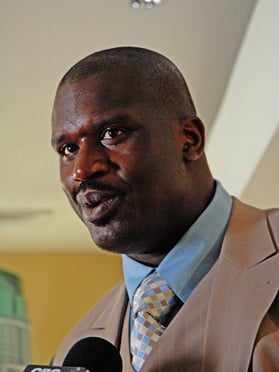Law.com Subscribers SAVE 30%
Call 855-808-4530 or email [email protected] to receive your discount on a new subscription.
CA's 'Genuine Dispute' Doctrine
Under California law, there is a covenant of good faith and fair dealing that is implied in every contract, including insurance contracts. This covenant of good faith and fair dealing has been held to impose certain “duties” upon insurers, such as the duty to investigate claims thoroughly; the duty not to deny coverage based on an unduly restrictive interpretation of the policy or by using improper standards; and the duty not to unreasonably delay in processing or paying claims. Love v. Fire Ins. Exch., 221 Cal. App. 3d 1136, 1148 (1990) (citing various cases). If an insurer breaches the covenant of good faith and fair dealing, an insured is entitled to seek tort damages for that breach ' but only if the insured can establish that the policy provided coverage in the first place. Id. at 1153. Thus, to prevail on such a claim, an insured bears the burden of proving that: 1) benefits due under the policy were withheld, and 2) the reasons for withholding benefits were unreasonable or without proper cause. Id. at 1151.
An insurer can successfully defend against an alleged breach of the duty of good faith and fair dealing, however, if it can show that there was a “genuine dispute” with the insured with respect to the existence of coverage liability or the amount of the claim. Under the “genuine dispute” doctrine, an insurer cannot be held liable for tort damages for “bad faith” when it mistakenly withholds policy benefits, so long as the mistake is objectively reasonable at the time that it was made. See, e.g., Morris v. Paul Revere Life Ins. Co., 109 Cal. App. 4th 966, 973, 977 (2003); Chateau Chamberay Homeowners Ass'n v. Assoc. Int'l Ins. Co., 90 Cal. App. 4th 335, 347 (2001). Because a court can conclude as a matter of law that an insurer has not breached the implied covenant of good faith and fair dealing due to the existence of a “genuine dispute” as to its coverage liability, insurers can generally raise the “genuine dispute” defense in several phases of litigation with the insured: 1) on a demurrer to or a motion to dismiss a complaint; 2) on a motion for summary adjudication or judgment; and 3) at trial before a jury, as a last resort.

Bankruptcy Sales: Finding a Diamond In the Rough
There is no efficient market for the sale of bankruptcy assets. Inefficient markets yield a transactional drag, potentially dampening the ability of debtors and trustees to maximize value for creditors. This article identifies ways in which investors may more easily discover bankruptcy asset sales.

Judge Rules Shaquille O'Neal Will Face Securities Lawsuit for Promotion, Sale of NFTs
A federal district court in Miami, FL, has ruled that former National Basketball Association star Shaquille O'Neal will have to face a lawsuit over his promotion of unregistered securities in the form of cryptocurrency tokens and that he was a "seller" of these unregistered securities.

Why So Many Great Lawyers Stink at Business Development and What Law Firms Are Doing About It
Why is it that those who are best skilled at advocating for others are ill-equipped at advocating for their own skills and what to do about it?

A Lawyer's System for Active Reading
Active reading comprises many daily tasks lawyers engage in, including highlighting, annotating, note taking, comparing and searching texts. It demands more than flipping or turning pages.

Blockchain Domains: New Developments for Brand Owners
Blockchain domain names offer decentralized alternatives to traditional DNS-based domain names, promising enhanced security, privacy and censorship resistance. However, these benefits come with significant challenges, particularly for brand owners seeking to protect their trademarks in these new digital spaces.

